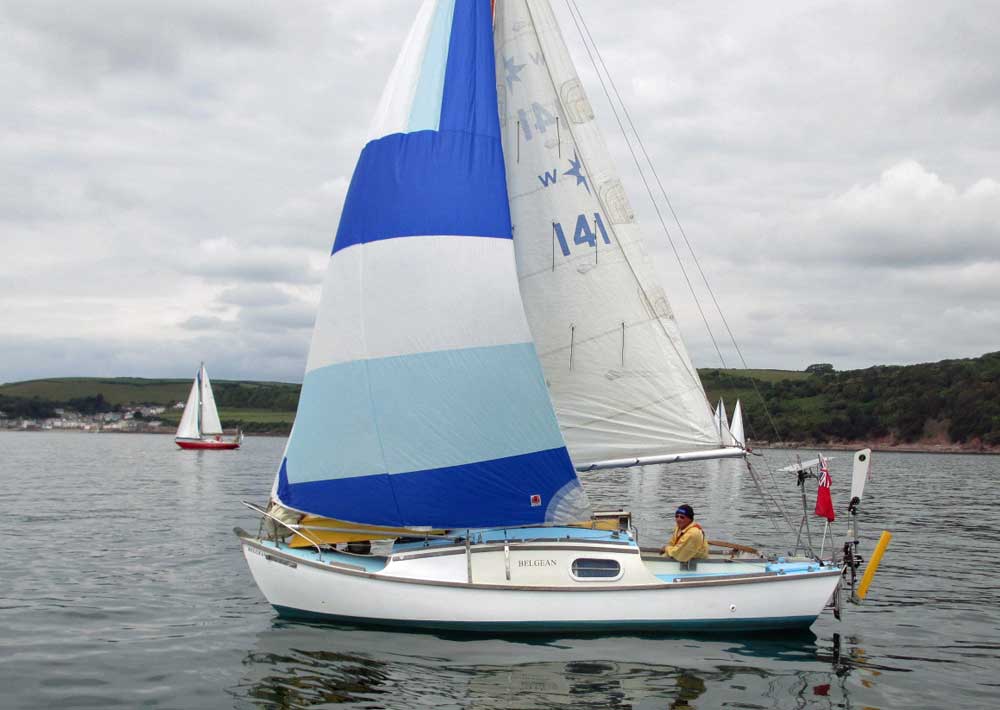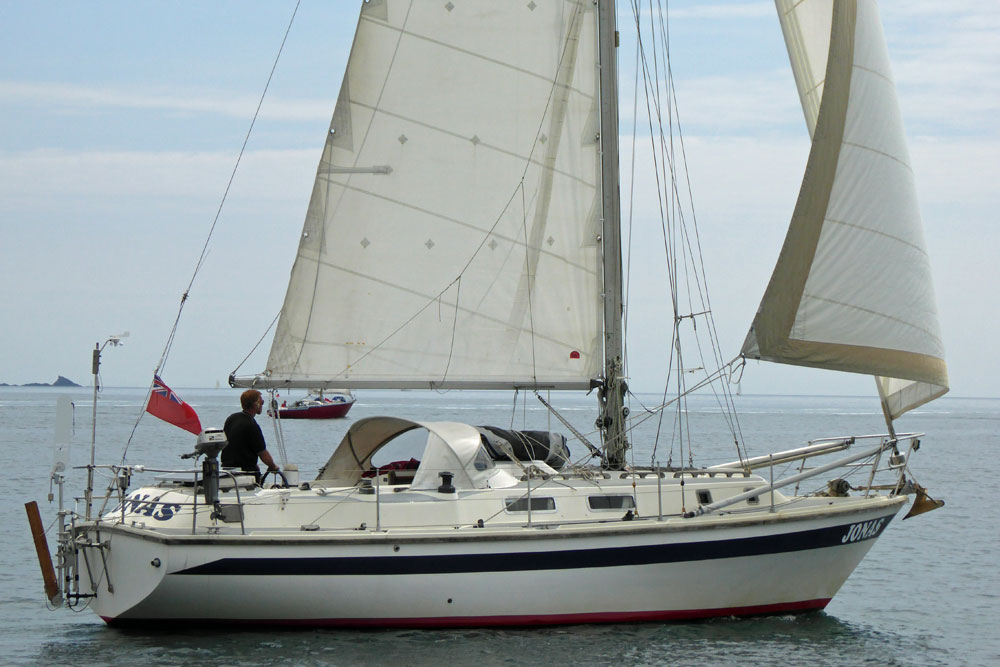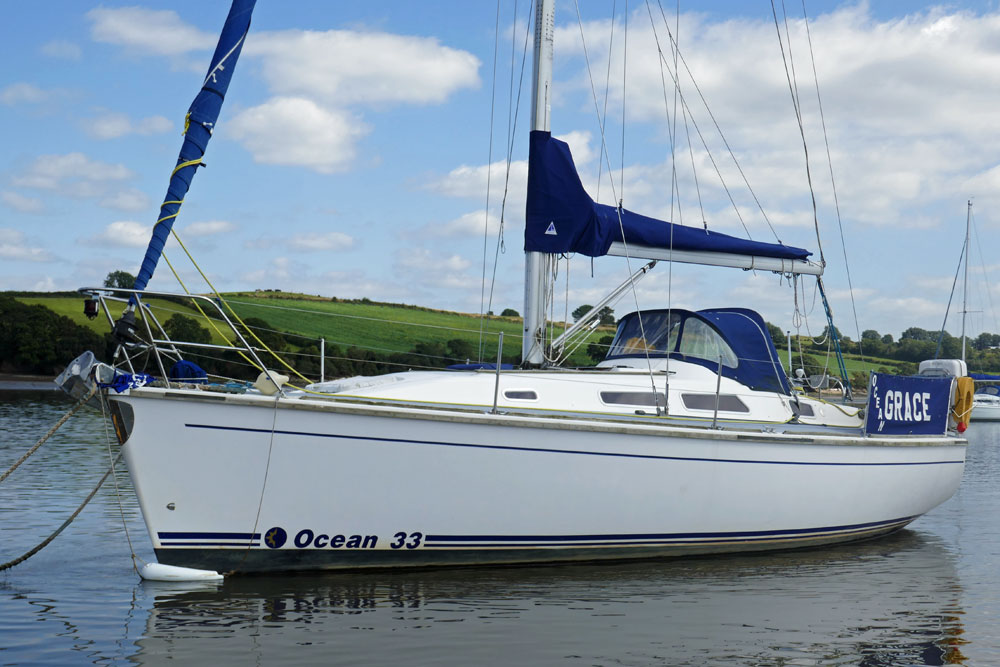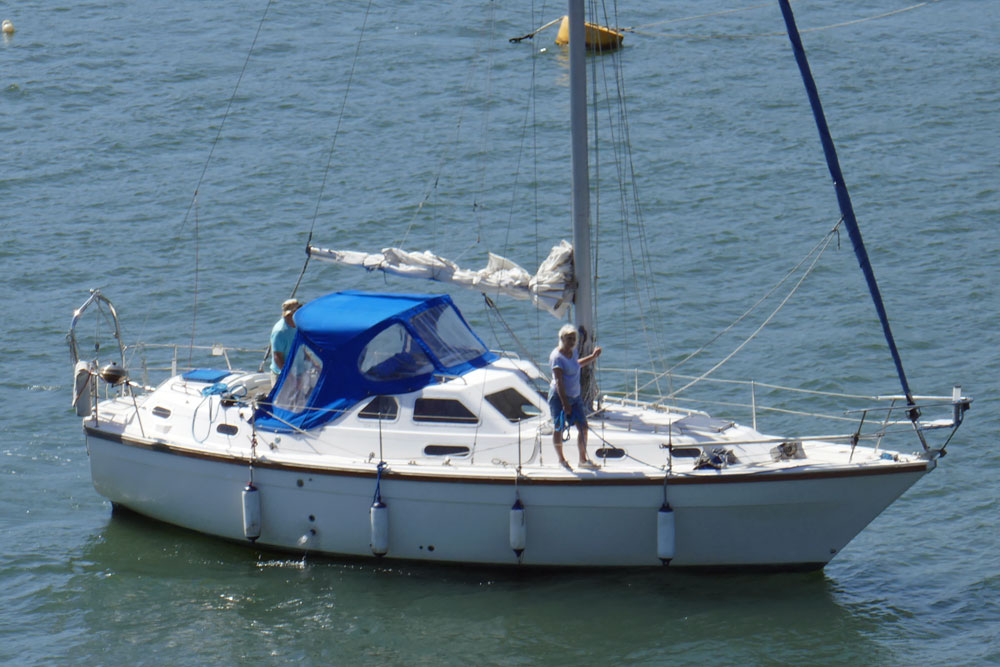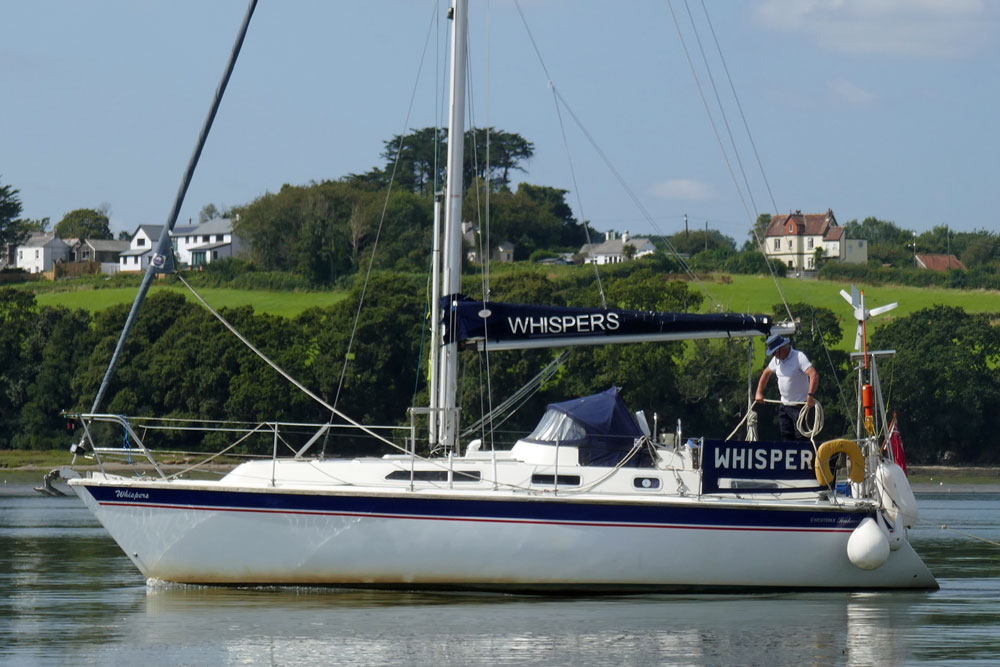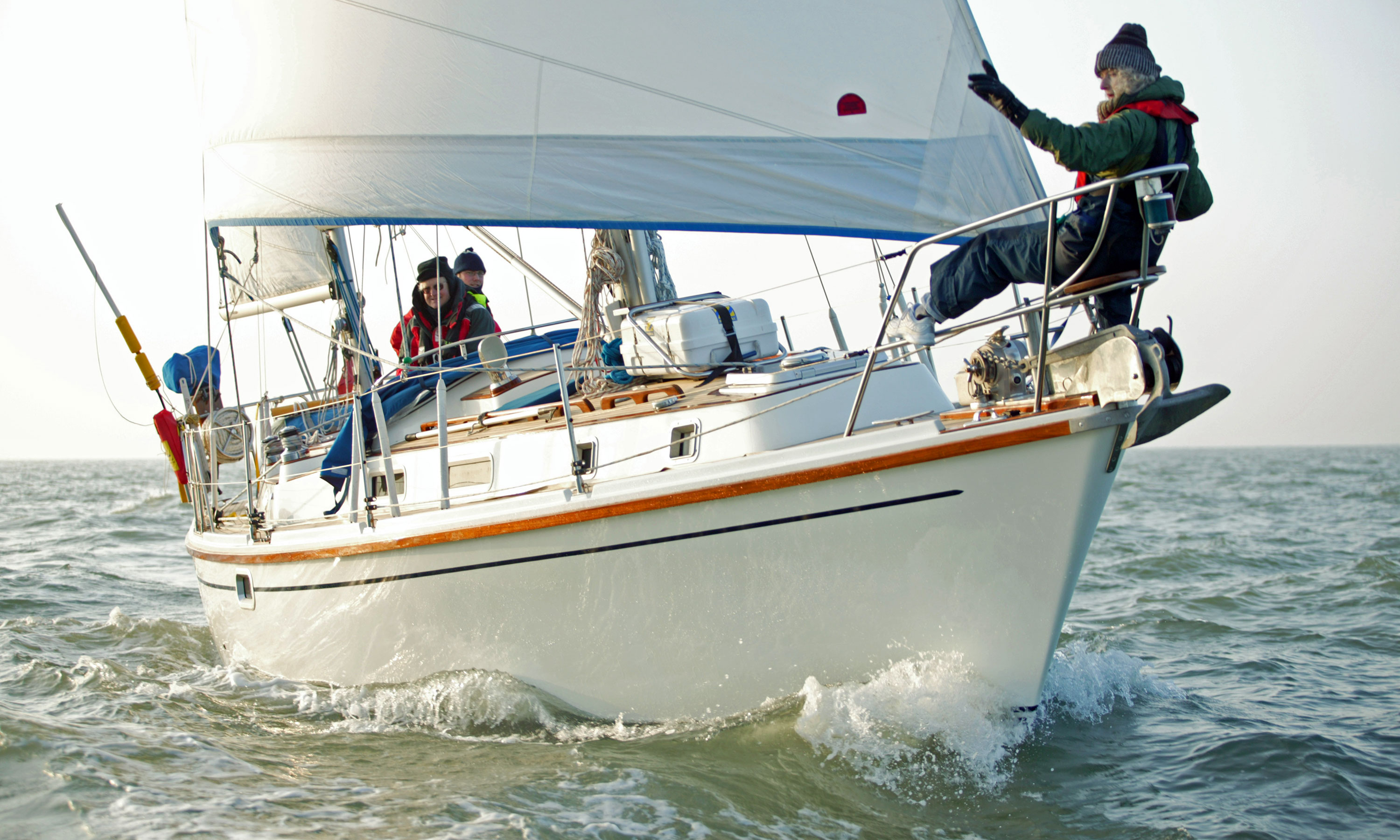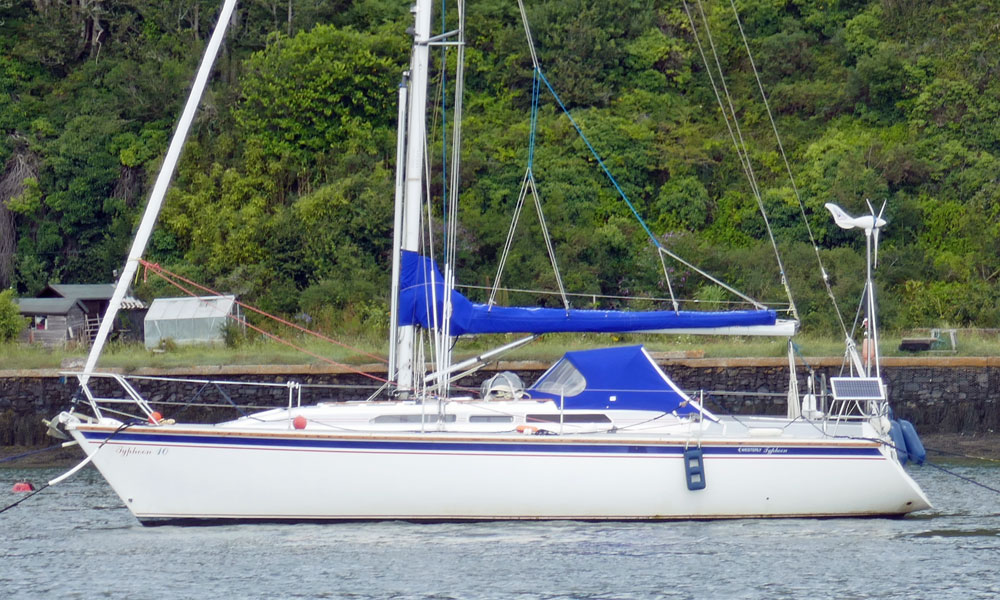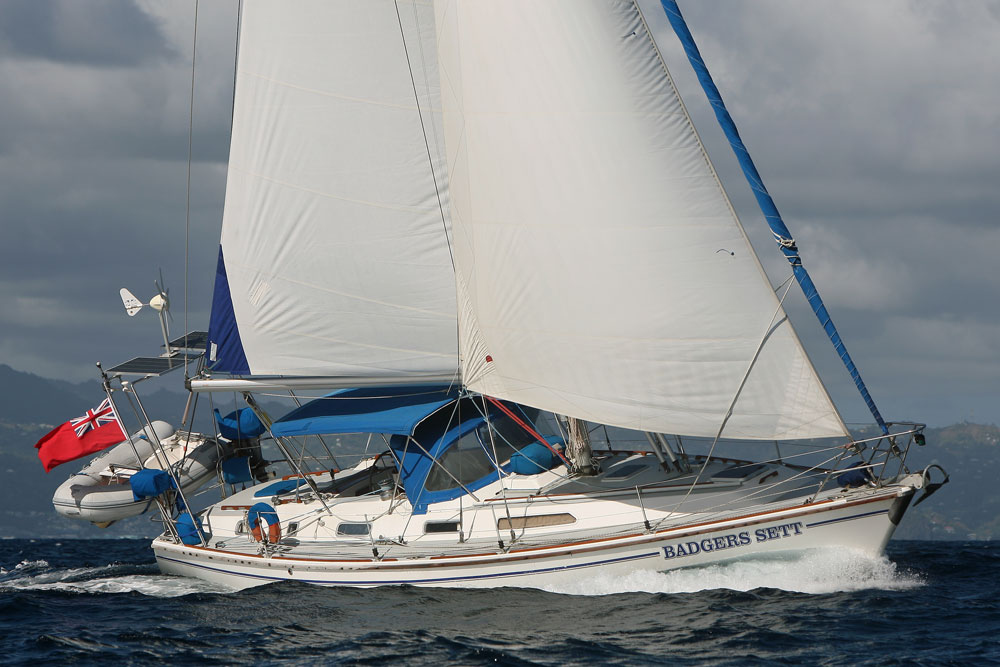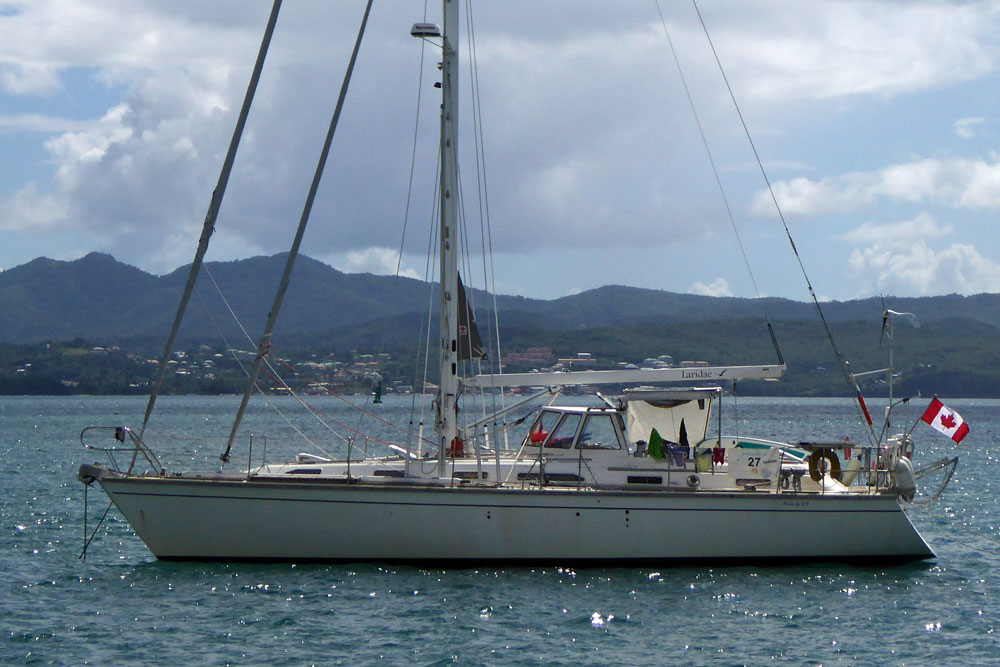- Home
- Cruiser Yachts under 30'
- Westerly Centaur
The Westerly Centaur Sailboat
Specs & Key Performance Indicators
If you are looking for a small, sturdy and affordable sailboat that can handle a variety of conditions and destinations, you might want to consider the Westerly Centaur 26.
This classic British cruiser was designed by Jack Laurent Giles and built by Westerly Marine between 1969 and 1980, with over 2,400 units produced.
It is one of the most popular and successful models in the history of British boatbuilding, and still has a loyal following among recreational sailors and enthusiasts.
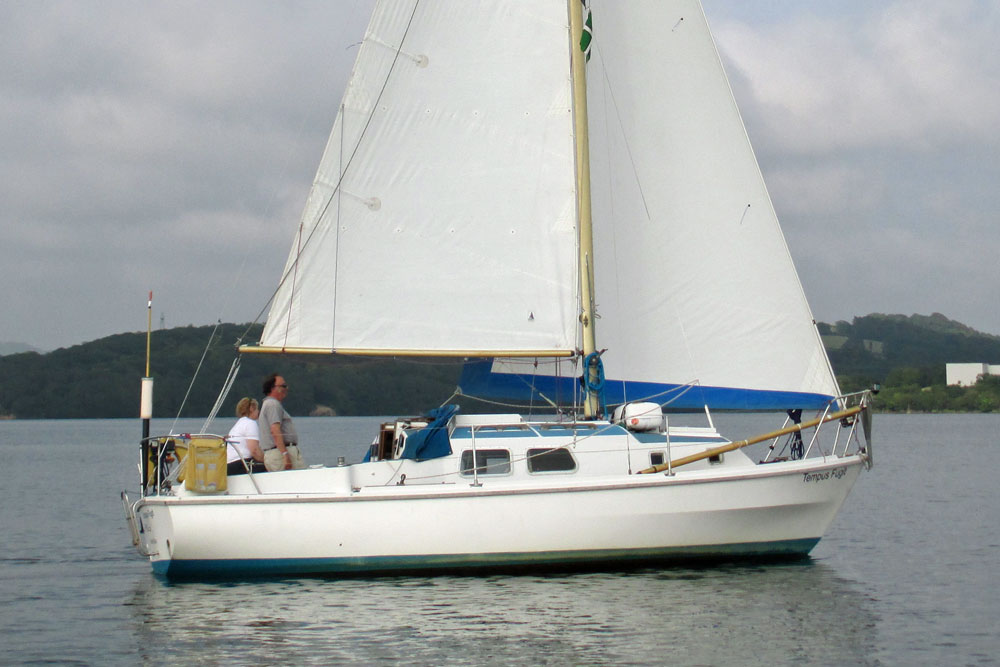 The Westerly Centaur 26: A Classic British Cruiser
The Westerly Centaur 26: A Classic British CruiserPublished Specification & Design Ratios for the Westerly Centaur
Underwater Configuration: Bilge keels and spade rudder
Hull Material: GRP (fibreglass)
Length Overall: 26' 0" / 7.92m
Waterline Length: 21' 4" / 6.5m
Beam: 8' 5" / 2.57m
Draft: 3' 0" / 0.91m
Rig Type: Masthead Sloop
Displacement: 6,700lb / 3,039kg
Designer: Laurent Giles
Builder: Westerly Marine Ltd (UK)
Year First Built: 1969
Year Last Built: 198
Number Built: 2,444
Owners Association: Westerly Owners Association
Sail Area/Displacement Ratio: 14.6
Ballast/Displacement Ratio: 41.8
Displacement/Length Ratio: 308
Comfort Ratio: 26.7
Capsize Screening Formula: 1.8
read more about these all-revealing Key Performance Indicators...
More about the Westerly Centaur...
The Westerly Centaur, a 26-foot twin-keel cruiser designed by Jack Laurent Giles, is one of the most popular and successful British production sailboats ever built. With over 2,400 hulls completed, the Centaur has a loyal following of owners and admirers who appreciate its practicality, versatility and charm.
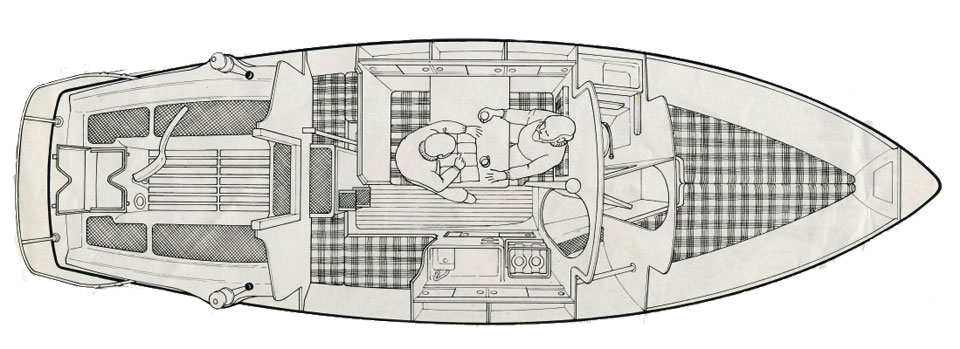 Westerly Centaur Accommodation Layout
Westerly Centaur Accommodation LayoutThe Centaur is a sloop-rigged monohull with a fiberglass hull and a balsa-cored foredeck. It has a shallow draft of 0.9 meters, thanks to its twin keels, which also allow it to dry out on tidal moorings or beaches. The Centaur has a spade rudder and a tiller steering system, although some models have been retrofitted with a wheel.
The mast is deck-stepped and the rig is simple and easy to handle. The sail area is 30.1 square meters, which gives the Centaur a moderate performance in light to moderate winds. The boat is not very close-winded and tends to develop weather helm when overpowered, so reefing early is advisable. The boat is not designed for heavy weather sailing, but it is safe and stable in most conditions.
The Centaur is powered by a Volvo MD7A diesel engine, which provides enough thrust for manoeuvring in marinas or motoring in calm waters. The fuel capacity is 45 litres, which gives the boat a decent range under power. The engine is located under the cockpit sole and can be accessed through removable panels.
Accommodation
One of the most impressive aspects of the Centaur is its spacious and comfortable interior, which offers generous standing headroom of at least 6 feet throughout. The boat can sleep up to six people in two separate cabins and the saloon.
- The forward cabin has a double berth with a V-shaped infill, a hanging locker and storage shelves.
- The saloon has two settees that can be used as single berths, a folding table that can seat four people, and ample storage space under the seats and behind the backrests.
- The galley is located on the port side of the companionway and has a two-burner stove with an oven, a sink with a manual water pump, and several lockers and drawers for storing utensils and provisions. The water capacity is 64 litres.
- The navigation station is opposite the galley and has a chart table with storage underneath, an electrical panel, and space for mounting instruments.
- The aft cabin is accessed through a door on the starboard side of the companionway and has two single berths that can be converted into a double berth with an infill cushion. There is also a hanging locker and storage shelves in this cabin.
- The head is located between the saloon and the forward cabin and has a marine toilet, a sink with a manual water pump, and a mirror.
The Centaur had three different layouts for the interior, named A, B and C:
- Layout A had six berths: a double berth in the forward cabin, two single berths in the aft cabin, and two settees in the saloon that could be used as single berths.
- Layout B had five berths: a double berth in the forward cabin, a single berth in the aft cabin, and two settees in the saloon that could be used as single berths.
- Layout C had four berths: two single berths in the forward cabin, and two settees in the saloon that could be used as single berths.
The interior of the Centaur is well-ventilated by several opening ports and hatches, and well-lit by overhead lights and reading lamps. The upholstery is usually blue or beige, depending on the model year, and the woodwork is teak or mahogany. The overall impression is cosy, homely and inviting.
Hull and Deck
The hull of the Centaur is solid fiberglass with a white gelcoat finish. It has a moderate freeboard and a flared bow that helps to keep the deck dry in choppy seas. The deck is fiberglass with a balsa core in the foredeck area, which reduces weight and improves insulation. It has a molded nonskid surface for safety and traction. The deck layout is simple and functional, with wide side decks that allow easy access to the bow or stern.
The cockpit of the Centaur is large, deep and safe, with raised teak slats for seating comfort. It has two lockers for storing fenders, lines etc., as well as an engine access panel under the sole. There is also a bathing ladder on the stern that can be used when the boat is afloat or dried out.
This article was written with the assistance of Gemini, a large language model developed by Google. Gemini was used to gather information, summarize research findings, and provide suggestions for the content and structure of the article.
Other sailboats in the Westerly range include:
.........................
I wrote this article using GPT-4, OpenAI’s large-scale language-generation model, as a research assistant to gather information, summarize research findings, and provide suggestions for the content and structure of the article.
Dick McClary, creator and owner of sailboat-cruising.com
.........................
Recent Articles
-
Albin Ballad Sailboat: Specs, Design, & Sailing Characteristics
Jul 09, 25 05:03 PM
Explore the Albin Ballad 30: detailed specs, design, sailing characteristics, and why this Swedish classic is a popular cruiser-racer. -
The Hinckley 48 Sailboat
Jul 09, 25 02:44 PM
Sailing characteristics & performance predictions, pics, specifications, dimensions and those all-important design ratios for the Hinckley 48 sailboat... -
The Hinckley Souwester 42 Sailboat
Jul 09, 25 02:05 PM
Sailing characteristics and performance predictions, pics, specifications, dimensions and those all-important design ratios for the Hinckley Souwester 42 sailboat...
